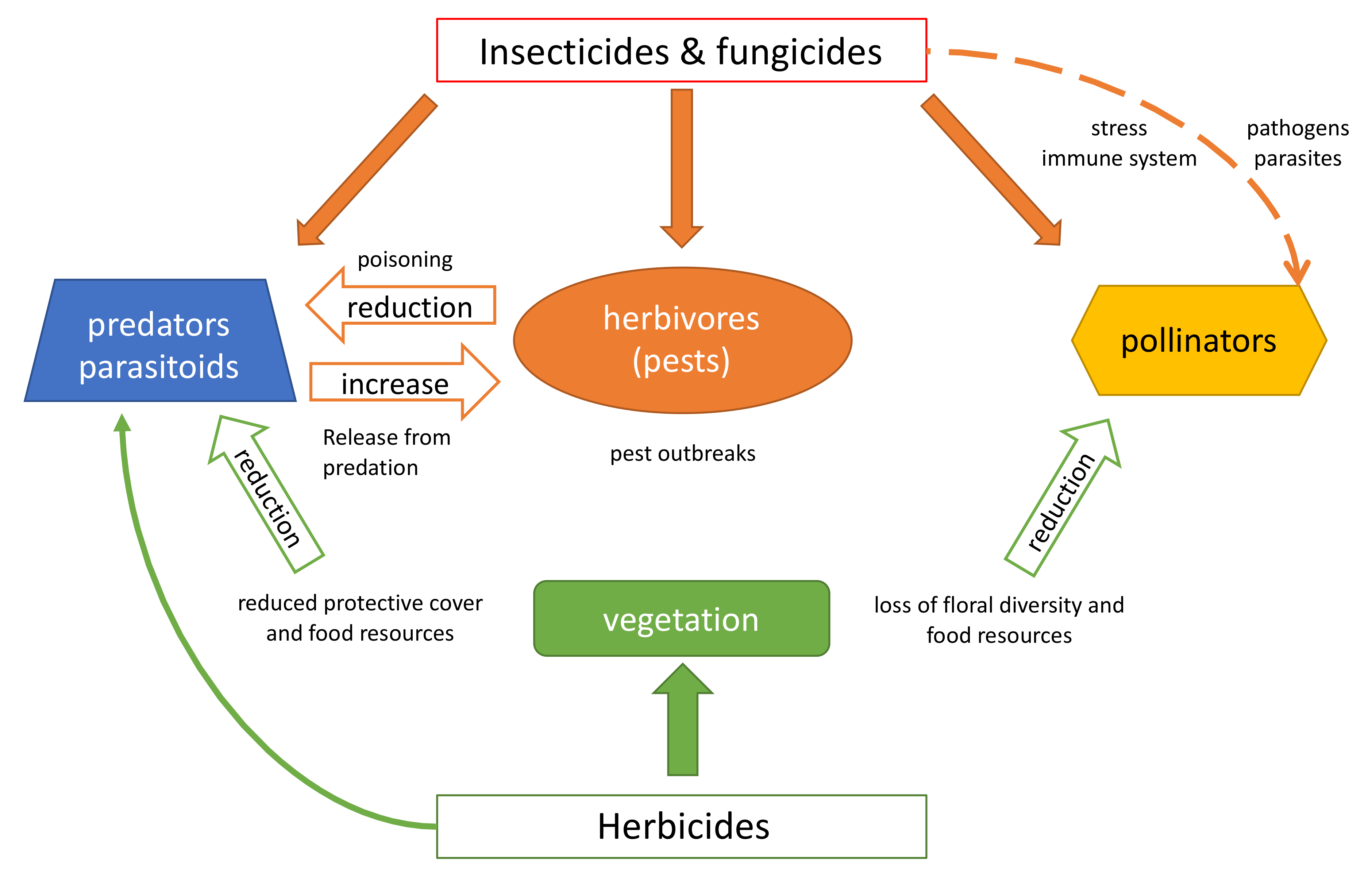The Definitive Guide for Eco Bed Bug Exterminators Dc
Wiki Article
Our Eco Bed Bug Exterminators Dc Ideas
Table of ContentsSee This Report on Eco Bed Bug Exterminators Dc9 Simple Techniques For Eco Bed Bug Exterminators DcSome Ideas on Eco Bed Bug Exterminators Dc You Need To KnowThe smart Trick of Eco Bed Bug Exterminators Dc That Nobody is Talking AboutRumored Buzz on Eco Bed Bug Exterminators Dc
Since chemicals are toxic, they are additionally potentially unsafe to human beings, animals, other microorganisms, and the atmosphere. People that use pesticides or on a regular basis come in contact with them have to recognize the family member toxicity, prospective health and wellness impacts, and preventative measures to reduce exposure to the products they utilize. Threat, or threat, of using pesticides is the capacity for injury, or the degree of danger associated with using a chemical under a given set of problems.
Nevertheless, applicators can minimize or nearly remove exposure-- and thus minimize threat-- by following the tag directions, utilizing individual protective apparel and tools (PPE), and taking care of the pesticide effectively. Even more than 95 percent of all chemical direct exposures come from dermal direct exposure, primarily to the hands and forearms. By wearing a set of unlined, chemical-resistant gloves, this type of direct exposure can be almost eliminated.
The unsafe effects that happen from a solitary exposure by any type of path of access are described "acute results." The four routes of direct exposure are facial (skin), inhalation (lungs), oral (mouth), and the eyes. Severe poisoning is determined by taking a look at the dermal toxicity, breathing toxicity, and oral toxicity of test pets.
The Single Strategy To Use For Eco Bed Bug Exterminators Dc
Intense poisoning is determined as the amount or focus of a toxicant-- the a.i.-- needed to kill 50 percent of the animals in an examination populace. This step is typically expressed as the LD50 (lethal dosage 50) or the LC50 (dangerous concentration 50). In addition, the LD50 and LC50 values are based on a single dose and are recorded in milligrams of chemical per kg of body weight (mg/kg) of the guinea pig or partly per million (ppm).The reduced the LD50 or LC50 value of a chemical item, the better its poisoning to human beings and pets. Chemicals with a high LD50 are the least harmful to humans if used according to the instructions on the product tag. The persistent poisoning of a pesticide is determined by subjecting examination animals to long-term exposure to the active component.
The persistent toxicity of a pesticide is harder than intense poisoning to establish via laboratory evaluation. Products are classified on the basis of their family member severe poisoning (their LD50 or LC50 values). Pesticides that are classified as extremely harmful (Poisoning Classification I) on the basis of either dental, facial, or inhalation toxicity have to have the signal words DANGER and POISON published in red with a head and crossbones symbol plainly showed on the front panel of the package tag.
The acute (solitary dose) oral LD50 for pesticide items in this group ranges from a trace quantity to 50 mg/kg. For instance, exposure of a couple of drops of a material taken by mouth might be fatal to a 150-pound individual. Some pesticide items have just the signal word DANGER, which tells you nothing about the severe toxicity, simply that the product can trigger serious eye damages or extreme skin irritation
The Ultimate Guide To Eco Bed Bug Exterminators Dc
In this group, the acute oral LD50 arrays from 50 to 500 mg/kg. A tsp to an ounce of this material can be deadly to a 150-pound individual (pest control Washington DC). Chemical products categorized as either slightly poisonous or fairly harmless (Poisoning Groups III and IV) are called for to have the signal word CAUTION on the pesticide tag
All pesticide toxicity chemical, worths the LD50, can be found on the product's Item Safety Product Security InformationMSDS). Chemical tags and MSDS can be gotten from stores or produces - https://truthful-corn-hzbm84.mystrikingly.com/blog/eco-bed-bug-exterminators-dc-your-expert-bed-bug-exterminator. The symptoms of pesticide poisoning can range from a light skin irritation to coma or even fatality.
Individuals likewise differ in their sensitivity to various levels of these chemicals. Some people may reveal no response to a direct exposure that may cause extreme health problem in others (how to get rid of bed bugs). Since of prospective health problems, pesticide users and trainers have to identify the typical symptoms and signs of chemical poisoning. The results, or signs and symptoms, of pesticide poisoning can be generally specified as either topical or systemic.
The Ultimate Guide To Eco Bed Bug Exterminators Dc
Dermatitis, or swelling of the skin, is accepted useful content as the most commonly reported topical impact linked with pesticide exposure. Symptoms of dermatitis variety from reddening of the skin to breakouts and/or sores. Some people tend to cough, hiss, or sneeze when exposed to pesticide sprays. Some people react to the solid smell and annoying impacts of petroleum extracts used as service providers in pesticide products.
This signs and symptom generally subsides within a couple of mins after a person is removed from the exposure to the toxic irritant. However, a response to a chemical product that creates a person not just to sneeze and cough yet likewise to develop serious acute respiratory signs and symptoms is more probable to be a true hypersensitivity or allergy.
Systemic effects are rather various from topical impacts. They typically take place far from the initial point of call as an outcome of the pesticide being soaked up right into and distributed throughout the body. Systemic impacts frequently consist of nausea or vomiting, vomiting, exhaustion, frustration, and intestinal disorders. In sophisticated poisoning instances, the person might experience modifications in heart rate, problem breathing, convulsions, and coma, which might bring about fatality.
Report this wiki page